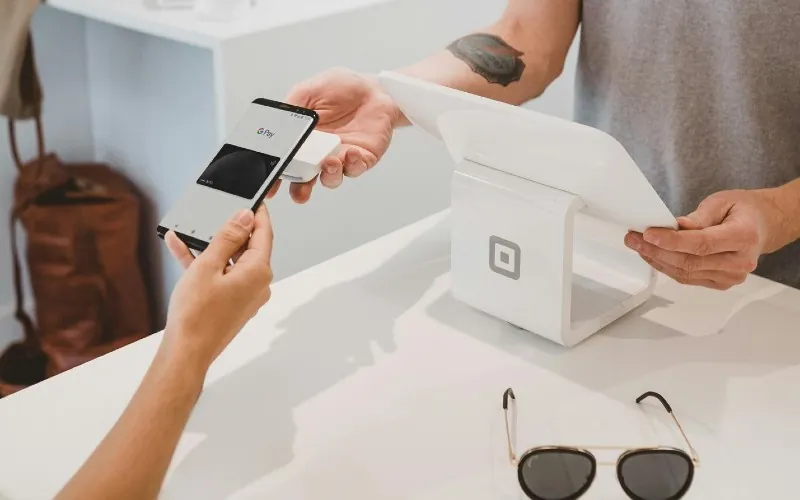Digital payments have transformed in recent decades. Going to the bank to make transactions is rare, and the transition to online banking, mobile payments, and other digital payments has made the economy a globalized industry. With more companies like PayDo, technological advancements, the spread of internet access, and more, have led to cashless transactions worldwide.
The Early Days of Digital Payments
The evolution of digital payments began in the 90s as the internet rose and online banking came onto the scene. The first systems were not user-friendly, and those who wanted to use them had to have certain encryption knowledge. Once Amazon and PayPal were born, other e-commerce pioneers realized that online payments made business and payments easy and convenient.
Online banking rose in the early 2000s, and by 2010, users had digital wallets and many mobile payment options from which to choose.
The Mobile Payment Revolution
How often do you see someone without a phone in their hand? It’s usually nearby, if not in their hand, right? That makes the shift toward digital payments even easier. Here are some of the key aspects of the overall mobile payment revolution.
- Convenience
Today’s world is all about convenience. If it’s convenient, people will use it. Users can make purchases with one tap or scan. They don’t need a credit card. They don’t need cash. That’s convenient!
- Speed
Paying with mobile options is fast, allowing users to fit more into their day. The gift of time is huge, especially in today’s world.
- Security Needs
Credit card numbers can get stolen, but mobile payment apps add huge security measures to prevent fraud and protect data. Those who understand that security lean toward protecting themselves by using mobile payments.
- Fitting In
The more people use it, the more people want to use it. It is adopted in a widespread manner, and as people see others use it, they join in and try it, love it, and use it regularly, too.
- Contactless
Having contactless solutions became a big deal during the pandemic, but today, it’s still something people appreciate. You don’t have to touch money or even hand over your card. Mobile payments require no contact at all.
The Role of Fintech in Shaping Payments
The New York Times states that structures, networks, and ideas for the Fintech we have today started back as early as 1865! Fintech is short for financial technology and includes a range of innovations. The net covers things like mobile payments, online banking, AI, and much more. Fintech is allowing financial services to be efficient and accessible through technology.
The evolution of digital payments has revolutionized the financial industry. Here are a few ways in which that is the case:
- Accessibility
Not everyone has access to traditional banking services, but most people have access to the online world, phones, and Fintech options. Fintech also offers things to people in underserved areas or those with bad or limited credit.
- Efficiency
Technological processes are automated, so they are faster and more efficient than if you were working with a human who might make mistakes.
- Smaller Costs
Banks have overhead costs. Fintech lowers financial service costs because there aren’t physical buildings that add to the costs that are transferred over to the user/customer.
- User-Friendliness
You are able to get a personalized experience with many Fintech options. The mobile apps and online dashboards can be customized to suit your needs.
- Institutional Challenges
Fintech is actively challenging banks and other traditional institutions in the financial world because their products and services are innovative and easy to use, drawing people away from regular financial institutions.
Digital Payments in the Global Economy
Forbes showcases how companies that take digital payments can take their business from local to global. The global digital economy is wide open to any company that uses digital payments.
For example, let’s say a company in Iowa sells soap locally. People come into the store, buy the soap, and take it home. The company wants to branch out and ship its soap, but waiting for checks to come in on orders is a real pain for both the company and the customer. Digital payments make the transaction immediate, and the company can go from local to global overnight.
Challenges and Future Trends
As the global digital economy grows, new challenges arise. There are always going to need to be strides made in the security area as fraud prevention is very important to any company and user. Compliance is another item that shifts with user needs, and companies have to remain compliant at all times. Competition is only going to grow and each Fintech option, like PayDo will have to fight for its share of the market.
In conclusion
Digital payments are here to stay and will only grow as technology continues to rise. Fintech has made digital payments easy, convenient, fast, safe, and popular. Local companies can become global with ease when they use digital options. Fintech companies will have to keep up with compliance and security to maintain their customer satisfaction. More competition hits the market, creating an even easier way to tap into the global economy.


